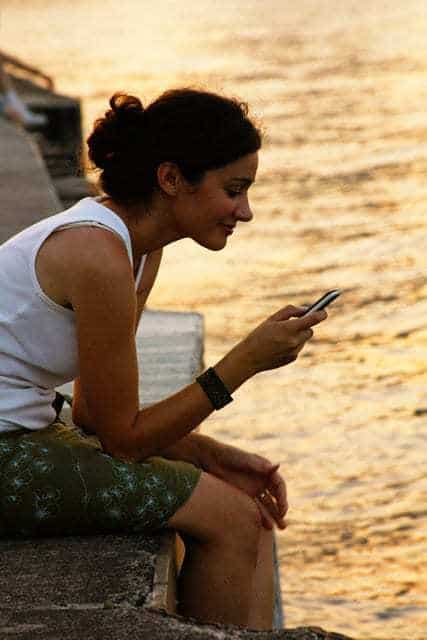Students from the College of Information Sciences and Technology have come in second with the C-Pain Go application.
The second place prize from mHealth 2015 has now been given to students from the College of Information Sciences and Technology (IST) Department of Biobehavioral Health (BBH), who created a smartphone app designed to help to manage their pain.
The C-Pain Go mobile app was designed to set multiple pain tracking reminders for users.
The idea behind this mhealth app is to use smartphone technology to make it possible for patients to take chronic pain management into their own hands. The prototype for the app was created by Olivia Rothseid and Lana Kandalaft, as well as team members Ted Yang and David Adler. Together, they were able to come up with a mobile health application that earned them the second place prize.
The mhealth app requests updates for symptoms and pain tracking and recording throughout each day.
 The concept is to provide patients suffering with chronic pain with regular reminders throughout the day that encourages them to record the way they’re feeling so they are better able to track their pain levels and other symptoms.
The concept is to provide patients suffering with chronic pain with regular reminders throughout the day that encourages them to record the way they’re feeling so they are better able to track their pain levels and other symptoms.
Kandalaft and Rothseid explained that “Some people have chronic pain from an injury or disease, and once they are cured, their pain goes away,” adding that the application was made in order to be used by “patients suffering from non-injury related chronic pain who have been instructed by their physicians to keep a journal of their pain in which to document days experiencing pain, the severity of pain, and time duration of their pain.”
Once the patient has used the mhealth app in order to record his or her latest symptoms, the application adds the recordings to a tracking calendar that allows pain to be tracked over time. The hope is that technology can be used in order to improve the relationship between the patient and the health caregiver by filling in the blanks about what happens during the times between scheduled appointments. It gives providers insight into what is happening in the bodies of their patients at times other than when the patient is in their office.
